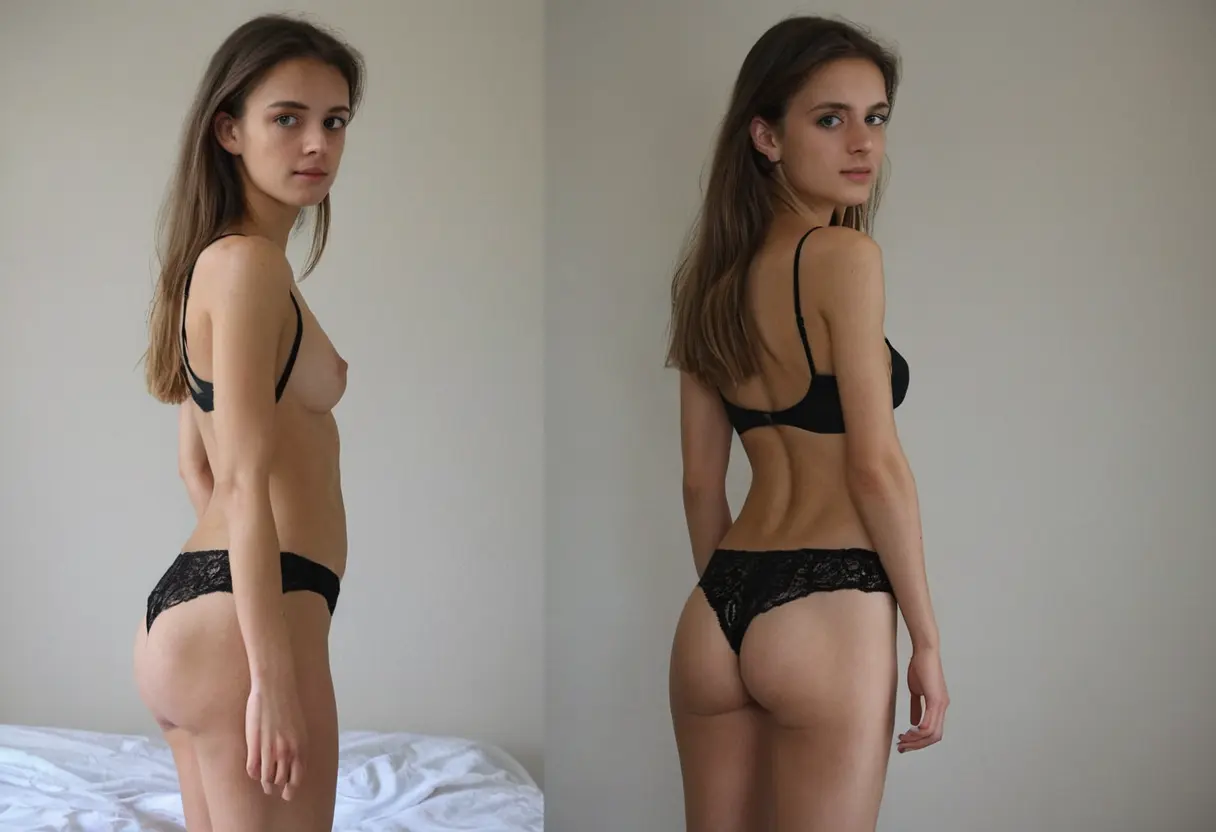Artificial Intelligence (AI) is revolutionizing numerous industries, and the world of photo editing is no exception. AI technology has significantly enhanced the capabilities of photo editing software, providing users with tools that were previously unthinkable. From automatic enhancements to intricate design manipulations, AI is transforming how we edit images. However, while AI presents incredible opportunities for creativity and productivity, it also raises concerns about privacy, especially in how personal images are processed, stored, and shared. In this article, we will explore how AI is changing photo editing and its implications for privacy, offering insights into both the benefits and challenges it brings.
One of the most visible effects of AI in photo editing is the introduction of automated enhancements. AI algorithms can now analyze photos and adjust elements like brightness, contrast, saturation, and sharpness without requiring manual input from the user. Through deep learning, these algorithms can recognize faces, objects, and scenes, allowing them to make context-aware adjustments.

For example, AI-based tools like Adobe's Sensei or Skylum's Luminar AI can instantly improve a photo's composition. These tools automatically suggest edits, such as cropping, skin retouching, or enhancing the background, making photo editing accessible even to beginners. Additionally, AI can help eliminate distractions by removing unwanted objects or adding new elements, such as changing the sky in landscape photos or adjusting facial features in portraits.

AI is not just enhancing existing photos; it is also enabling the creation of entirely new content. Through AI-powered tools like DALL·E and GANs (Generative Adversarial Networks), users can generate entirely new images from scratch based on text prompts or input data. This technology has opened up a world of possibilities for designers, marketers, and creatives.

For instance, marketers can create compelling visual content for campaigns without needing a photographer or a design team. Artists can experiment with new artistic styles, combining real-world photos with AI-generated elements to produce unique, imaginative visuals. While these capabilities provide exciting opportunities, they also raise questions about the authenticity of digital content, especially in the context of deepfakes and misinformation.
AI technology is also driving the trend of hyper-personalized photo editing. With facial recognition and emotion detection, AI can tailor edits to individual preferences, adjusting for a person’s unique features or the desired mood of a photo. For instance, AI can enhance the way someone's eyes look in a portrait, making them appear brighter or more defined, or it can soften the background blur to highlight the subject.
This level of customization goes beyond simple retouching. AI-powered tools can also help users craft personalized filters and effects based on their past editing choices, social media trends, or the aesthetics of a specific platform. These tools take into account both the user's style and the preferences of their audience,https://www.undressaitool.com/ enabling them to create images that are more likely to be shared and appreciated online.
As AI becomes more integrated into photo editing, it also raises important privacy concerns. Many of the AI tools used in photo editing require access to vast amounts of data, often including personal images. This data is necessary to train the algorithms, but it also poses risks related to data security and user consent.
One key issue is the potential for misuse of personal photos. AI-powered tools can alter images in ways that make them difficult to distinguish from the original, leading to the spread of manipulated photos that can be used to deceive others. This is especially concerning when considering the rise of deepfake technology, which can create realistic yet entirely fabricated videos and images. Deepfakes, when used maliciously, can harm individuals' reputations, manipulate public opinion, or spread false information.
Another issue is the storage and sharing of personal data. Many photo editing services store user data in the cloud, raising questions about who has access to this data and how it is protected. For instance, if a photo editing service is breached or misused, personal images could be exposed or sold without the user’s consent. Additionally, users may not always be aware of how their images are being used by AI platforms, which could include selling them to third-party companies for commercial purposes.
While the concerns about privacy are valid, there are steps you can take to protect yourself while using AI-powered photo editing tools. Below are some strategies to safeguard your personal information:
AI technology is undoubtedly reshaping the world of photo editing, offering powerful tools that enhance creativity, streamline workflows, and enable highly personalized edits. However, as with any technological advancement, there are challenges that must be addressed, particularly concerning privacy and data security. As AI continues to evolve, it is crucial for users to stay informed about the potential risks and take proactive measures to safeguard their personal information. The future of AI in photo editing is bright, but it must be balanced with a commitment to ethical practices and privacy protection. By being mindful of how personal data is handled, users can enjoy the benefits of AI-powered photo editing without compromising their privacy.

How Undress Show AI is Revolutionizing Virtual Fashion Experiences

The Ethical Implications of Undress AI and Deepfake Advances

Undress AI Review Unveiling Key Insights and User Experience

How to Undress AI Online for Free with Easy Steps

Discover the Best Free AI Undressing Apps for

Exploring the Future of AI in Image Enhancement and Virtual Clothing Design